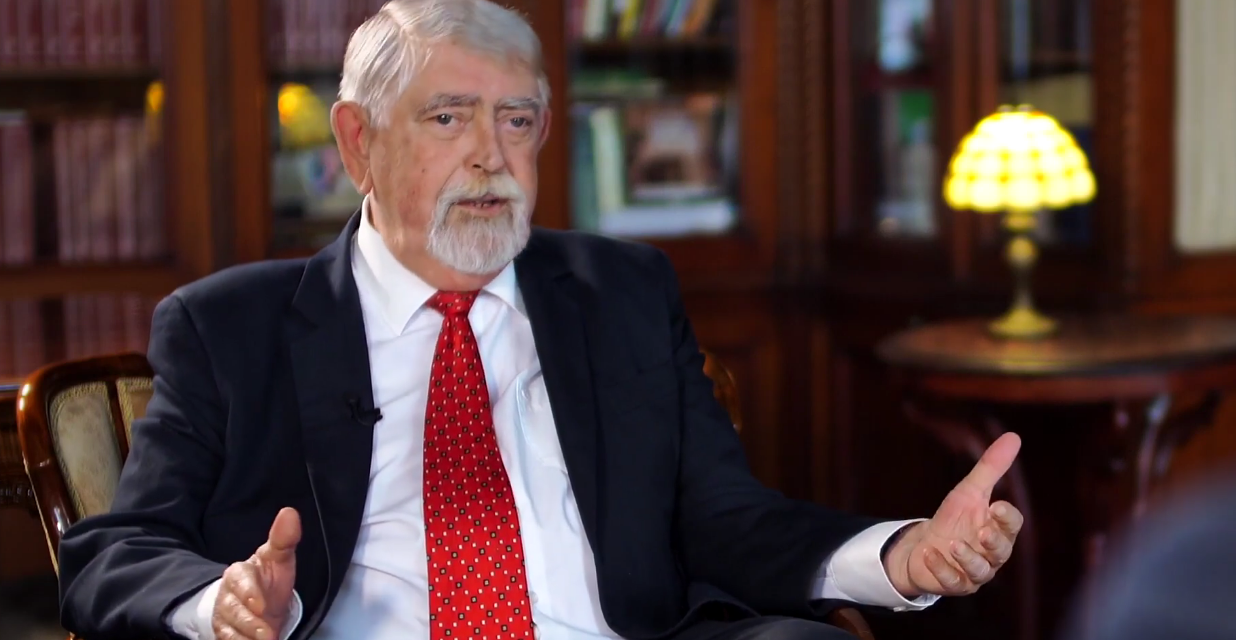The consequences of Trianon are still with us after more than a hundred years, its trauma is not only burned into the souls of Hungarians, but also of the neighboring peoples - emphasized the director general of the Hungarian Research Institute (MKI) at the opening of the Trianon scientific conference organized by the institute. Miklós Kásler stated that the theme of the conference will be the greatest Hungarian tragedy.
We know a lot about Trianon and a lot we don't know, neither about its causes nor its antecedents, at the same time, although many things are known about its afterlife, this picture is not complete even today
Miklós Kásler said, according to him
Hungary was destined to be abolished, but the country, the Hungarian people, gave a brutally strong response to the Trianon challenge, an intellectual response that manifested itself in Nobel prizes, science, literature, and music, while the country transformed its industry, agricultural conditions, and the standard of living By 1938 it had almost overtaken Austria.
- However, in the period following Trianon, not a single declaration of the so-called Wilsonian principles was implemented. The trauma of Trianon burned into the souls not only of Hungarians, but also of the neighboring peoples, because they too were not able to process this problem. Trianon was one of the biggest murders of justice in European history, said the director general, adding that its consequences were remedied only at the level of words and statements.
Emphasizing the importance of the conference, Miklós Kásler spoke about the fact that the speakers had carried out serious archival research, so new knowledge could be revealed.
- This conference prepares the monograph that the institute's researchers can put on the table, and it covers many areas of life, politics, warfare, nationality issues - said Miklós Kásler, who in this regard invited him to one of the ongoing researches of the MKI attention, which processes the historical event when II. In 1224, András (Endre) granted extensive autonomy to the Transylvanian Saxons. Historian Ernő Raffay, head of the MKI Trianon research group, spoke in his welcome speech about how
extremely serious scientific presentations are given at the conference, exclusively on a professional basis, relying on archival sources, free of any extremes.
He pointed out that the conference will be attended by many distinguished representatives of the scientific and artistic life, and he considers this to mean that they are all supporting the work of the Trianon research group with their presence.
The telegraph office highlighted: the presentations at the conference cover the topics of political history, the issue of nationality, military history, cartography, culture, education, book publishing, legal history, Polish-Hungarian relations and the "Greek Trianon".
The diversity of the topics shows that there were many interrelated reasons for the fragmentation of the country at Trianon, and that the consequences of Trianon that still affect almost all areas of life today.
Of the nine presentations, five are about Romanian-Hungarian relations, one is about Polish-Hungarian relations, one is about Greek-Turkish relations, one is about the origin of the Székely anthem as an important factor of national unity, and one is about a Dutch man who understood and supported the Hungarians in Trianon. his fight against.
On May 31, 2010, the National Assembly declared June 4, the day of the signing of the Trianon peace decree that ended the First World War, as the day of national unity. The relevant law stated: "All members and communities of Hungarians under the authority of several states are part of the unified Hungarian nation, whose unity across state borders is a reality and at the same time a defining element of Hungarians' personal and community identity."
The Trianon Peace Edict, signed in 1920, stated that the Austro-Hungarian Monarchy was dissolved, as a result of which Hungary's territory (without Croatia) was reduced from 283,000 square kilometers to 93,000, and its population from 18.2 million to 7.6 million.
Source: Hungarian Nation
Photo: Illustration / Miklós Kásler Facebook












